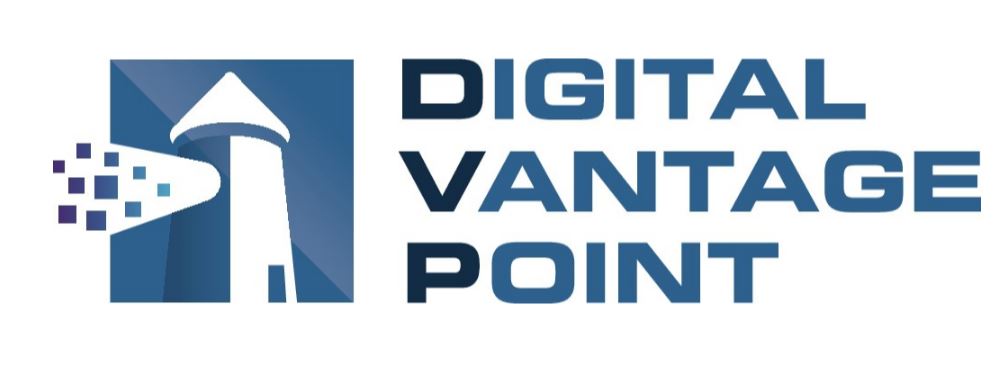Is e-fulfillment’s need for speed creating a drag on your business?
Racing to deliver the goods could put you on the fast track to sales tax nexus
Repost from Avalara.com
The Internet has vastly changed the way products move from buyer to seller. One-click ordering. Get it now. Two-day free delivery. The speed and ease of e-Commerce and mobile commerce cover a lot of ground in terms of getting products into customers’ hands quickly. But it’s also rattling the supply chain; putting pressure on merchants, manufacturers, and distributors to deliver the goods, so to speak. DHL, one of the nation’s largest third-party logistics firm, reports that e-fulfillment now represents a third of the company’s business.
To keep up, manufacturers, distributors, and e-Commerce sellers need more efficient ways to interact and communicate with each other from multiple locations. A recent Epicor survey found that 65% of ERP users rate the ability for remote workers to access order information as vitally important. To achieve this, warehouses and distribution centers are outfitting their staff with handheld devices and mobile apps connected to their ERP, e-Commerce or billing system to help them manage inventory, fulfill orders, track shipments, and prepare invoices.
In the race to fulfill orders faster, businesses are also shortening the path to delivery by dispersing inventory across more warehouses, outsourcing fulfillment, or using drop shippers. What they often fail to realize is that these activities could also be creating additional sales tax requirements.
Getting sales tax right is important for two reasons: first, customers can be unforgiving when their order is wrong. This includes not only getting the right item at the right time but also being billed the right amount. If a sales tax isn’t accurately applied instantly to an order, buyers balk and the sale is lost. Second, it can cause undue risk on your business if you are not accurately calculating and remitting the correct amount of sales tax to the states where you have an obligation to collect.
More Ways to Achieve Better e-Fulfillment in e-Commerce
Seamless integration between your e-Commerce website and ERP system plays a significant part in e-fulfillment. Businesses desire real-time synchronization of data, so orders, product information, pricing, and whatever changes made are reflected in real-time on the website. Integration done right helps businesses to be confident in what they present to customers.
In addition, a user-friendly checkout portal with plenty of options accommodates customers and encourages sales. Speed is a must-have but not at the expense of usability or neglecting small but important details. For example, if a coupon code doesn’t work or there are errors when trying to process payment, you will lose customers. Finding and fixing these errors can be costly. Nav-to-Net™ has a secure checkout portal with all details taken care of, as well as sales tax automation with Avalara AvaTax to avoid costly mistakes and business headaches in the future.
In achieving speedy e-fulfillment without drag, there should be no risk or obstacles. Nav-to-Net™ and Avalara AvaTax have partnered to offer sales tax automation for companies using Microsoft Dynamics Business Central NAV. Concise, geo-spatial mapping generates sales tax information with rooftop-level accuracy. Nav-to-Net™ offers comprehensive integration into Microsoft Dynamics BC/NAV. Nav-to-Net™ can manage e-Commerce channels (B2B, B2C, and B2E) entirely within BC/NAV.
Find Out More
4 Minute Demo video | Video Bites | Nav-to-Net™ e-Commerce Suite
To learn more about how we can help your e-Commerce business thrive, talk to us or request a demo.


